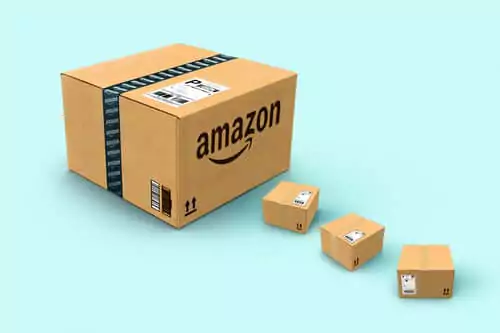Originally published June 26, 2019 , updated on May 31, 2023
If you want to build a Software as a Service (SaaS) product for your enterprise customer, then you must first think of a way to streamline the process. Building complete enterprise products from start to finish can be ultra-demanding from both a security and functionality point of view. Also, you will require you to first conduct a deep dive into the specific industry workflows.
So, to do this you need a Minimum Viable Product (MVP), to validate the value proposition of your product with a minimal development effort. With MVP you develop a new product or service with core functionalities, to test how the target audience would respond. Then, the actual product, with a full set of features, is developed after feedback is received from the early adopters.
Here’s our step by step process to help you build an initial version of your Enterprise SaaS product, and some of the biggest potential pitfalls.
Identify the Problem

Really take your time to narrow down your focus to one important problem affecting the industry your customer is in. Really hone in on identifying a specific niche, a workflow process, or a department where your solution could really make its mark. By identifying a real problem, you would have created an opportunity for a viable SaaS solution.
Regardless of whether you are a startup or an established software vendor, it is critical that you conduct market research for your MVP. You may think that your idea is the best thing since sliced bread, but is it actually? Might sound harsh, but in order to answer this question, you have to get in the heads of the people who may one day be your clients. Otherwise, your application most likely won’t take off.
Do Your Research
Part in parcel with doing your research is, of course, evaluating the competition. Researching your competition also helps you define your own product,. Analyzing what features your competition does or does not offer can be very useful in deciding how to design your application to make it better.
Keep the End-User Top of Mind
Once you’ve identified the problem you’d like to solve with your MVP, the second step would be to learn about the people whose work environment you’re about to improve. Who is the person or people that are most frustrated with the identified problem? Let’s say it’s a human resources manager in charge of drafting contractual agreements. How is this department going to benefit from the SaaS product?
Understand Team Dynamics
Employee tasks are very rarely performed in isolation. Usually, they are dependant on factors from other departments, meaning that one person’s task may be affected by another person completing theirs. Learning about the existing processes will help you design an Enterprise SaaS MVP in a way that can be harmoniously merged into the department with minimal changes to the team dynamics.

Think back to the HR example: an HR assistant is in charge of drafting a contractual agreement, but the creation of this work contract would also involve collaboration with top management and the finance department. Thus, to successfully adopt your MVP, it needs to account for other employees, while designing a solution to the problem.
Formulate the MVP Prototype
Once you have identified the problem and got super familiar with the team dynamics and workflow, it’s time to sketch out what your MVP would actually look like, which basically means formulating a prototype.
While this is not a full-fledged model of your product, a prototype is the first step in reaching your goal. It will help organize your ideas in a visual way and you can use it to test the viability of individual features.
Develop the MVP
Now for the most time and resource-consuming part of your MVP’s lifecycle – the development phase. This stage involves getting designers and developers to work together to move your MVP from the design-and-prototyping phase into development. Having a good prototype ensures the developers to hit the ground running. That’s because your application’s structure is already set up and all the design elements are ready for implementation.
In order to build the smallest functioning version of our product, we need to identify the core features that we can’t do without. Also, the ‘nice to have’ features we need to save for later iterations. To do this effectively, cut out features that are not solving a key problem. Also. deploy the solution with minimal design. Focusing on the impact the MVP will have, rather than the number of features, will help to effortlessly prove to your end-users that it makes their lives easier.
Analyse and Tweak the MVP

Now that your MVP is ready, have the intended user’s test drive it and monitor how they respond to it. Gather and analyze all the feedback and data to make iterations and changes. Then, prioritize feature suggestions, and track usage patterns to inform the next steps of your MVP roadmap.
Enterprise SaaS is not just a product, it is a package. One of the great advantages of building an MVP and adopting an agile approach to development is that you involve actual users in the process. You should create the basis for your future vendor-client relationship.
As mentioned at the outset, achieving success with Software-as-a-Service applications can be full of pitfalls. But by following these steps, your chances of success are a lot higher.
Post Views: 880


















